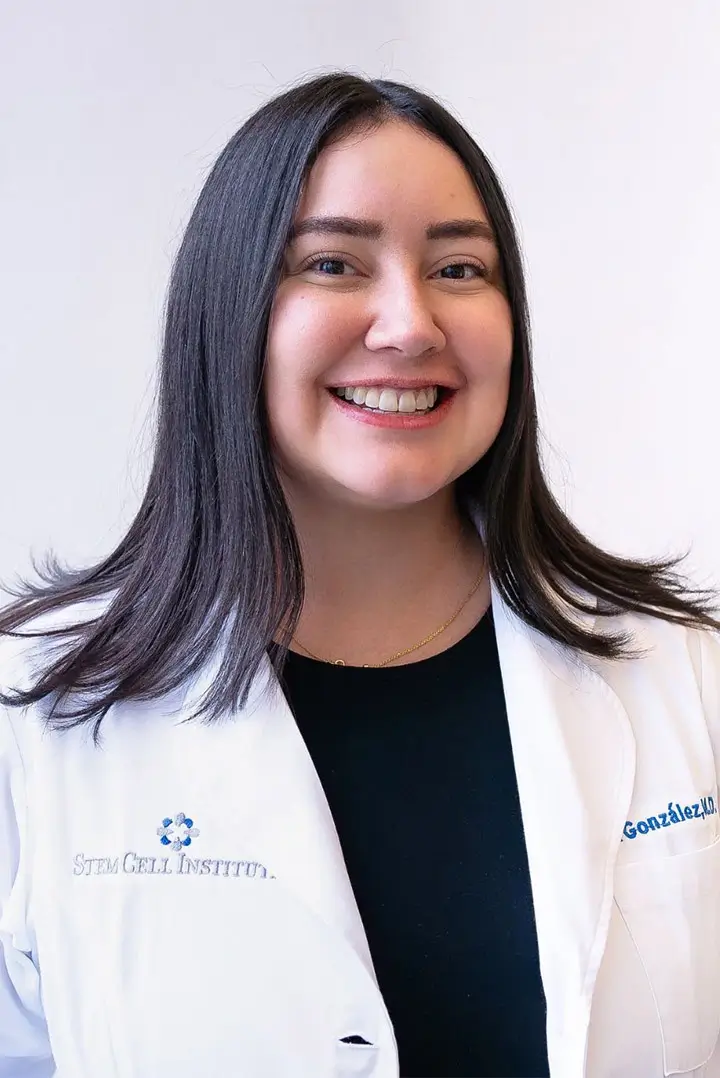Today an announcement was made that experiments on mice found they suffered fewer bone fractures following treatment with stem cells. Brittle bone disease could be treated in the womb by the stem cell therapy discovered by scientists.
Osteogenesis Imperfecta (OI) is the most common disease causing fractures in childhood, some can even occur in the womb. Experts hope that the discovery will lead the way to similar procedures to remedy this problem in babies.
Collagen is one of the main building blocks for bone, and in OI, it fails to develop properly. Suffers can be left with multiple fractures due to stunted growth and weak bones. By the time they are teenagers, about 50 percent of people suffering from OI find that they have impaired hearing.
Researchers believe the findings could lead to the development of treatments for other diseases including muscular dystrophy. Only one in 10,000 people have OI, so the potential for treating other diseases as well is enticing.
A 14-day-old mouse with OI was given a stem cell transplant by a team at Imperial College London. The cells were derived from fetal blood. Compared to the untreated group of mice, the study revealed that the treated mice sustained a two thirds reduction in long bone fractures.
Another contrast was that the treated mice also developed longer, thicker, and stronger bones.
OI sufferers had fractures that eventually healed but they were left with deformities said Professor Nicholas Fisk who led the study.
“It will help us to understand what it is that leads to such a marked effect after a single transplant of stem cells, so that this can be harnessed to improve the results of stem cell therapy in repairing adult tissues and degenerative conditions,” he said.
“Our work suggests that, in the future, it could be possible to take stem cells from an unborn baby carrying the abnormal OI gene, manipulate them to correct the errant gene, and then put them back into the fetus to allow it to develop properly.”
“We only need to collect 100 or 200 microlitres of blood from the fetus, which is a tiny amount, less than a fifth of a milliliter of blood. From this tiny sample we can grow all that we need to provide the potential treatment.”
“However, with further work we should be able to gain the stem cells we need from amniotic fluid or the placenta; thereby removing any potential risk of drawing fetal blood.”
The two thirds reduction was called “extraordinary” by Professor Fisk, but he said it was not a cure. 60 percent of all the mice still had some sort of fracture, and baby mice still had an average of one fracture each.
Dr. Yolande Harley, of charity Action Medical Research, which funded the project, said: “Professor Fisk’s work is a real breakthrough. It suggests that if stem cells could be successfully transplanted before a baby with OI is even born, it could mean a significant improvement in the child’s health and quality of life.”
“This is a tremendous piece of work that could have implications for many more diseases and conditions.”

